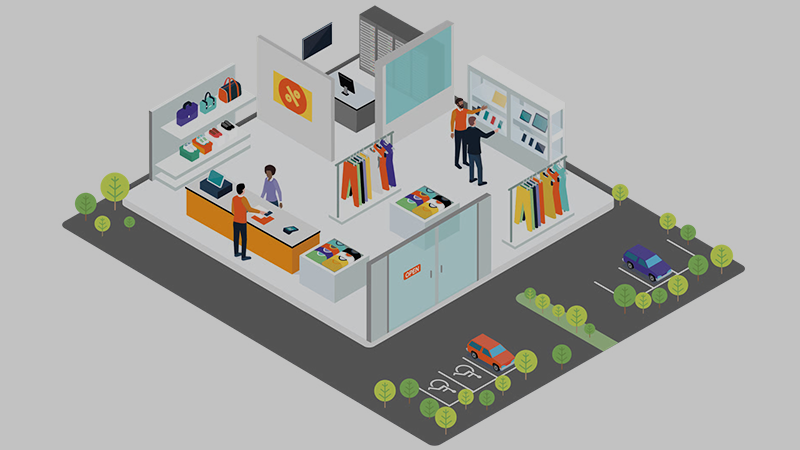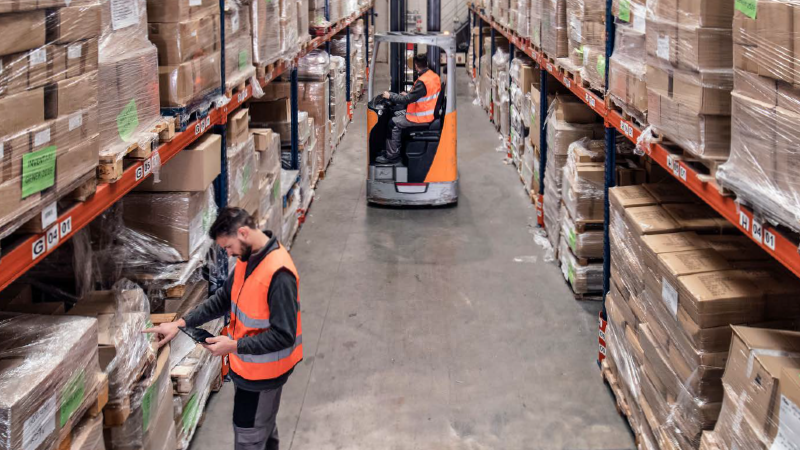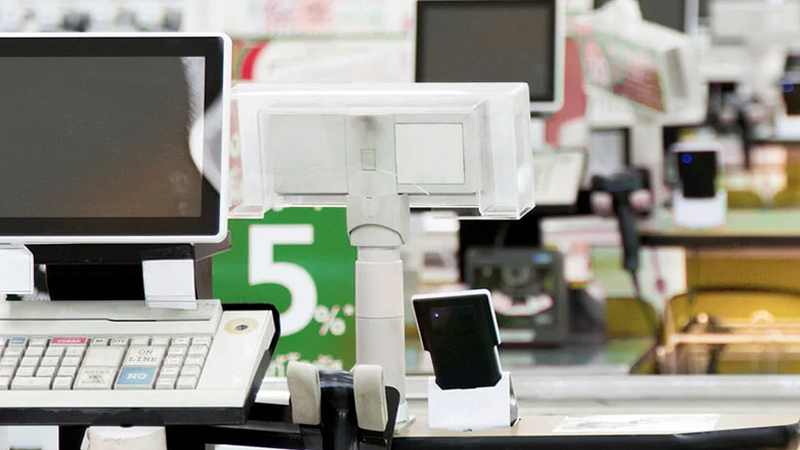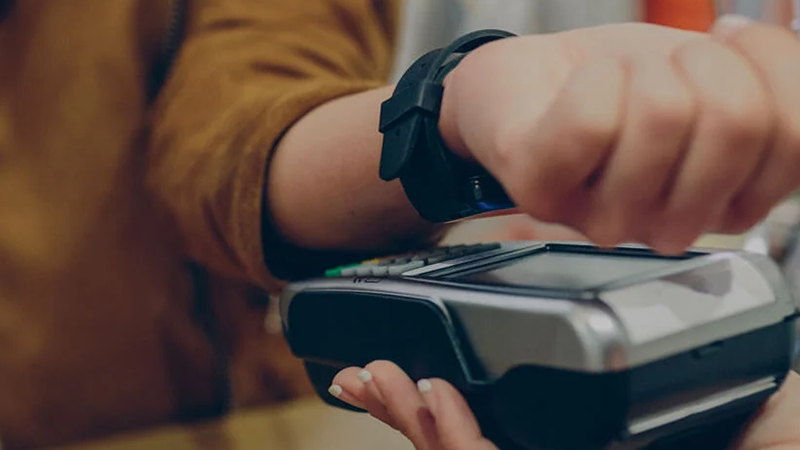Deliver the shopping experience today's customer demands with AI-enabled operations across stores, fulfillment centers, office spaces, and data centers.

Seamless customer experience
Every interaction needs to be fast, easy, and efficient with connected systems that reach customers where they are.
Activating customer intelligence with AI
Data and AI power today's retail experience enabling better targeting and more effective sales strategies.
Reliable efficiency
Multi-channel sales programs rely on IT systems at multiple points in every interaction. Uptime is the key to an efficient customer experience and streamlined supply chain.
The Vertiv advantage
Vertiv solutions provide the foundation for modern retail, enabling multi-channel sales programs and powering AI applications that streamline and personalize customer interactions.

in 3-phase large UPS and power switching & distribution1

in thermal management2

years in the industry and proven experience serving retail leaders around the world
1. Omdia UPS Hardware Market Tracker 2024, >250kva
2. Dell’Oro Data Center Physical Infrastructure reporting 2024
Find your retail solution
Retail computing resources where you need them
Vertiv™ SmartRow™ 2 is a complete edge data center, pre-engineered to be deployed quickly and add computing capacity and capabilities wherever they’re needed
Uncompromised availability
Vertiv power solutions ensure revenue-generating IT systems stay up and running in your data center, at the edge, and everywhere in between
AI for retail
Simplify your AI deployment and enable AI applications to enhance the customer experience with integrated, pre-engineered solutions
Click the hotspots to discover how critical IT infrastructure across the store, cloud, and data center enables seamless customer experiences.

Optimizing retail efficiency
Learn how a retailer transformed tight spaces with agile micro data center solutions to optimize logistics and maintain product freshness.
Dig deeper

Smart stores and the retail edge
Helping brick-and-mortar businesses embrace clicks and orders is all about the edge of the network. You may not see it, but the influence of IT systems in today’s stores is all around you.

The road to mission-critical IT
in retail
This eBook from Vertiv and DatacenterDynamics explores how digital transformation is reshaping retailers around the world.
Need help selecting a retail solutions?
Please fill out the form and we will get back to you as soon as possible.






